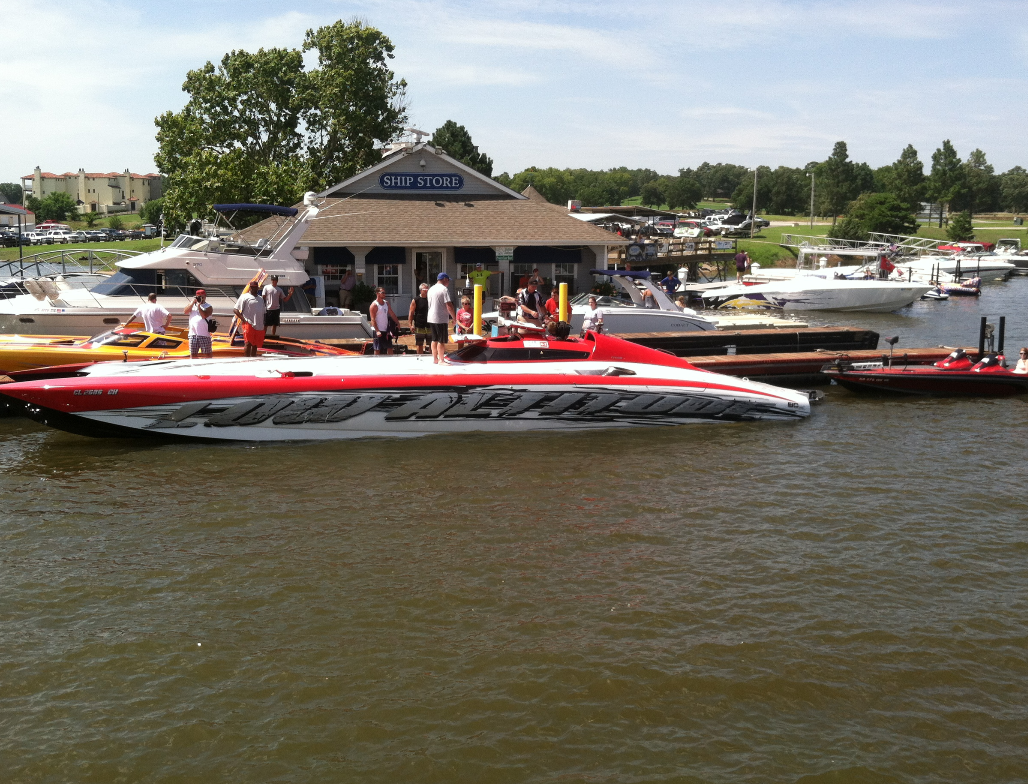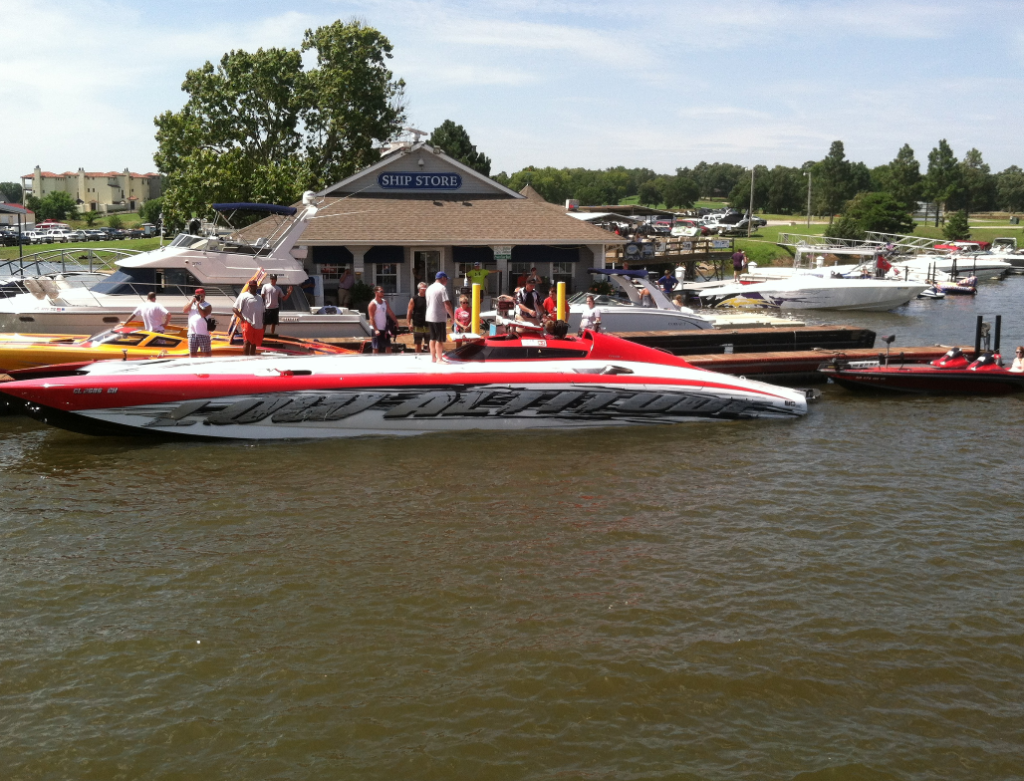
Tips for Buying a Quality Pre-owned Boat
With a short supply of available new boats, many boat buyers have turned to the pre-owned market in search of good values. There are always excellent buys available on the used boat market, but as the old saying goes, “you want to make sure you’re not just buying someone else’s problems. There are several important steps in the pre-owned boat buying process to ensure a satisfactory purchase.
First, ask important questions of the seller, whether you are purchasing from a dealer or an individual. How old is the boat? If you are financing, lenders as a general rule will not finance boats that are more than ten years old. How many hours are on the engine(s)? You don’t want too many (more than 50-60 hours per year in the Grand Lake market), but you don’t want too few hours, either. If a boat has not been used regularly, belts, hoses, and impellers may be dried and subject to cracking and breaking.
Check to see if a “clear title” to the boat is in hand and available for immediate transfer. If you are buying from a dealer, they will handle this for you and ensure that any and all liens on the boat have been paid. If you are buying from an individual, make sure you schedule a closing that ensures liens are paid and you are provided with lien releases and/or a clear, unencumbered title.
Find out if the boat has always been in fresh water. I’m not saying don’t buy a boat that has been in salt water, but they do not retain as much value because of the possibility of corrosion if they have not been diligently cared for. Find out if the boat is a one-owner boat. There are exceptions, of course, but generally, a boat has been better cared for if the seller purchased it as a new boat.
Once these key questions have been answered satisfactorily, you are ready to examine the vessel more closely in person. Don’t cut corners here. Examine the boat closely. If you are not familiar with the brand of boat, take a friend with you who is familiar. If you like the boat and are interested in buying it, I always recommend a thorough examination by a Certified Marine Surveyor. This will normally have to be done at your cost, but it can certainly be money well spent if something appears on a survey that makes you uncomfortable with the purchase. It also gives you the added benefit to know exactly what, if any, repairs need to be made.

If you don’t want to spend the money on a survey by a professional, here are some tips to make sure you cover all the bases on your own:
- Check the general condition of exterior surfaces and upholstery. Gelcoat nicks can be repaired, generally at a reasonable price, and faded gelcoat can often be buffed & waxed back to a good look. Upholstery repairs or replacements can be expensive. Look closely.
- Look for decay or rot. This can be difficult if you choose not to use a Certified Marine Surveyor because stringer or transom rot may not be immediately visible. If the boat is a stern drive or outboard, push up and down on the drives or motor. A “mushy” feel may indicate transom rot that warrants further investigation.
- Inspect the engine bay. Is it clean and dry? Is there an indication of water or oil leaks? The condition of the engine bay is a good indicator of the overall care of the boat and its systems.
- Start everything. Engines, generator, heat & air systems, depth finders, trim tabs, drive trims, lights, pumps, GPS and chart plotters, fish finders. Make sure everything works. If you are buying from a dealer, they will likely agree to ensure that all systems are operational at the time of purchase – but there will likely be no warranties on a pre-owned boat. If there are remaining warranties, check to see if they are transferable to you.
- Double-check engine hours. Hour meters are not always trustworthy. Make your own decision, but it may be worth hiring a certified technician to hook up a computer to make sure the hour meters are correct. If the boat has multiple engines and there is a wide variance between hours on each engine, find out why.
- Inspect the hull carefully. If the boat is not on a trailer or a lift with the hull totally visible, pay to have it hauled out of the water to examine closely for defects such as blisters, excessive fouling, broken trim tabs, etc.
- If there is a trailer with the boat, make sure it is roadworthy. Check bearings and tires. Check to make sure the frame, axles, and springs are relatively free of rust or cracks.
- Systems on a boat, including engines, are water cooled. Make sure water is discharged from the generator, engine(s), and heat & air systems when they are running.
- Conduct a sea trial. Make sure the boat performs to your satisfaction. Does it shift smoothly? Does it turn easily? Does it accelerate satisfactorily?
- Don’t be afraid to walk away. It is important to not fall in love with a boat’s appearance. Your enjoyment will come from how well the boat and onboard systems perform – not just how they look. If you feel uncomfortable or feel the boat is overpriced, look elsewhere.
If you are purchasing a new boat, these are all moot points. Warranties and dealer backing will ensure that everything is in excellent working order and that the boat performs in accordance with the manufacturer’s specifications. But current market conditions may leave you waiting for weeks – even months – for delivery of your new boat if it is not in stock at the dealership. Used boats can be a great value…if you shop carefully and wisely.
Happy boating! I’ll see you on the water!